A standard hockey game lasts 60 minutes of play, divided into three 20-minute periods. Including intermissions and stoppages, the total game time is usually around 2.5 to 3 hours.
Stay with us as we explore everything about how long a hockey game lasts! We’ll share all the details, from playtime to breaks, so you won’t miss a thing!
The Basics: How Long Is A Hockey Game?
60 Minutes of Play
In most organized hockey leagues, including the NHL, international games, and college hockey, a game consists of three 20-minute periods. So, at first glance, you might assume the game lasts for exactly 1 hour of playing time. But this is far from the total time you’ll spend watching the game.
Here’s a breakdown of the official game time:
| Hockey League | Regulation Play | Total Time (Including Intermissions and Other Delays) |
| NHL | 60 minutes (3 periods) | 2.5 to 3 hours |
| International Hockey (IIHF) | 60 minutes (3 periods) | 2 to 2.5 hours |
| College (NCAA) | 60 minutes (3 periods) | 2.5 to 3 hours |
| Junior Hockey Leagues | 60 minutes (3 periods) | 2 to 2.5 hours |
| Youth and High School Hockey | 45-51 minutes (3 periods) | 1.5 to 2 hours |
Intermissions: The Breaks Between Periods
Each hockey game has two intermissions, which are scheduled breaks between the periods. During these intermissions, players get a chance to rest, receive coaching, and prepare for the next phase of the game.
Why Are Intermissions Important?
- Rest for Players: Hockey is a physically demanding sport, and players need a break to recover their energy.
- Fan Engagement: These breaks also give fans a chance to grab refreshments, catch up on game stats, or enjoy entertainment provided by the venue.
- Media Coverage: For broadcasted games, intermissions allow broadcasters to analyze the game and show replays or interviews with players and coaches.
In NHL games, intermissions typically last 15-18 minutes, but in youth games, the breaks can be much shorter. This is one of the major reasons why the total game time can extend beyond the 60-minute regulation play.
Stoppages in Play: More Time Added to the Clock
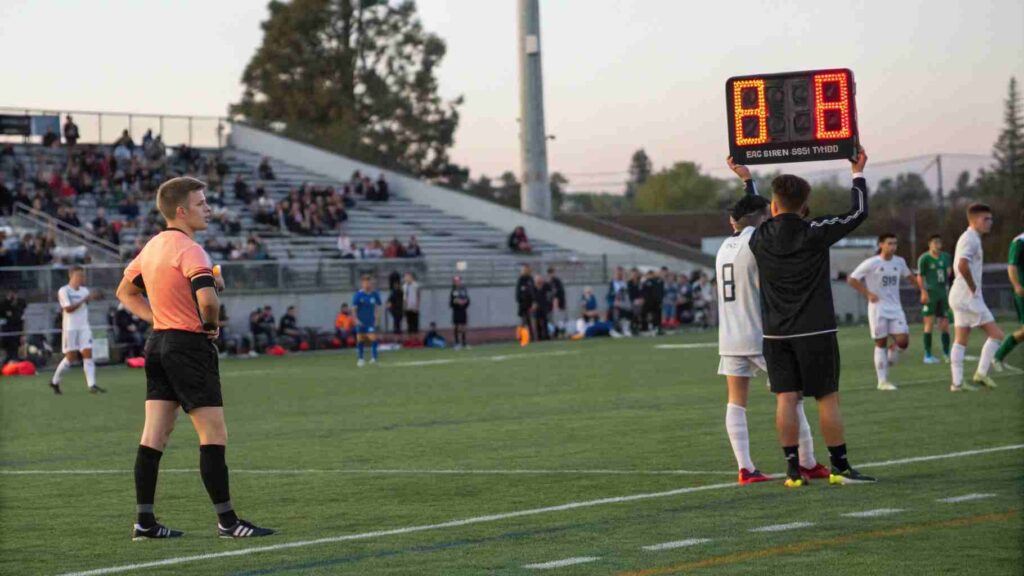
One key aspect of hockey is that the clock stops every time there’s a whistle, such as for:
- Penalties: When a player commits a foul, the game is halted for a penalty.
- Goals: After a goal is scored, the clock stops for celebrations, puck retrieval, and resetting the game.
- Injuries: If a player is injured, there will be stoppages in play while medical staff attends to them.
- Icing and Offsides: The game stops for infractions like icing or when players are offside.
Each of these stoppages can lengthen the game, making the actual time spent on the ice far longer than the clock suggests. The number of stoppages can vary greatly depending on how the game is played. A fast-paced game with fewer penalties may have fewer stoppages, while a physical game with more penalties could have a lot of interruptions.
TV Broadcasts: How Long Does a Game Last on TV?
If you’re watching hockey on television, you can expect the broadcast to run for approximately 2.5 to 3 hours. While the actual game time is just 60 minutes, TV broadcasts include:
- Commercial Breaks: In professional games like the NHL, TV commercials are scheduled during stoppages in play and intermissions.
- Analysis Segments: Post-period analysis or expert commentary, including interviews, adds to the overall broadcast time.
- Replays and Highlights: Many broadcasts show key moments of the game during the intermissions and after goals.
Hockey Game Timing on TV vs. Live
In terms of watching live games, the timing can be slightly different. While the game itself is still the same length, attending in person can add a few more minutes to your experience due to delays such as:
- Entering and exiting the arena
- Getting concessions or merchandise
- Traffic congestion and parking
Live games can last up to 3.5 to 4 hours, including time spent outside the arena.
Different Leagues, Different Durations
Although most hockey games are played under the same basic structure, various leagues have different rules and game durations. Here’s a deeper look at the differences between NHL, college hockey, and junior leagues.
NHL Games
In NHL games, as mentioned earlier, the regulation time is 60 minutes. However, the game could extend due to overtime or shootouts, especially in the regular season:
- Overtime: If the game is tied at the end of regulation, the teams play a 5-minute overtime period, with only 3 players on each side (3-on-3). If the game remains tied after overtime, a shootout determines the winner.
- Playoffs: In the postseason, overtime periods are 20 minutes long and played with full-strength teams (5-on-5), until a team scores. This can lead to multiple overtime periods, making playoff games significantly longer.
College Hockey (NCAA)
For college hockey games, the format is similar to the NHL, with three 20-minute periods. However, there are some key differences:
- Overtime: NCAA regular-season games use a 5-minute overtime with 3-on-3 play, followed by a shootout.
- Tournament Games: In tournaments, if a game is tied after regulation, they use 20-minute overtime periods (similar to NHL playoffs) until a team wins.
Junior Hockey
Junior hockey leagues (such as the USHL or CHL) also have similar rules to the NHL but with a few adjustments based on the level of play. Overtime is often played with 5-minute 3-on-3 play, though 20-minute overtime periods can be used in major tournaments or playoffs.
Youth and High School Hockey: Shorter Games for Younger Players
For younger players, the games are designed to be shorter and more straightforward. A typical youth or high school hockey game consists of three 15-minute periods (sometimes even shorter) with brief intermissions.
Why Are Youth Games Shorter?
- Player Fatigue: Younger players don’t have the stamina of professional athletes, so shorter games help maintain energy and focus.
- Attention Span: Younger audiences tend to have a shorter attention span, so the games are kept more concise.
- Developmental Focus: The main goal in youth leagues is skill development, not competition, so shorter games allow more frequent substitutions and a focus on fundamentals.
Attending a Hockey Game in Person: What to Expect
If you’re attending a live hockey game, be prepared for a few extra minutes beyond the actual playing time. Here’s what you can expect:
- Arrive early: Aim to arrive 30-45 minutes before the scheduled start time. This allows you to find parking, grab refreshments, and settle into your seat.
- The Full Experience: From the national anthem to in-game entertainment, a hockey game involves more than just the on-ice action. There may be crowd chants, on-screen trivia, and other events during the intermissions, adding to the overall time spent at the arena.
- Plan for Overtime: If the game is tied in the final minutes, be ready for overtime. Playoff games can stretch into multiple overtimes, and this can add hours to the total time.
Fun Fact: The Longest Hockey Game in History
While most games last a couple of hours, some rare instances stretch well beyond the norm. The longest NHL game on record was a 6-overtime thriller between the Detroit Red Wings and the Montreal Maroons in 1936. This marathon lasted 176 minutes and 30 seconds of play, which translates to over 3 hours of hockey action!
FAQ’s
1. How does the timekeeping system work in a hockey game?
In hockey, the clock typically runs continuously, but it stops during stoppages in play (e.g., goals, penalties, injuries). The official game clock is managed by the timekeeper, and it is often synced with a penalty clock to ensure penalties are tracked separately from the game time.
2. How much time is allowed for a penalty in hockey?
Penalties in hockey usually last 2 minutes for minor penalties, 5 minutes for major penalties, and 10 minutes for misconduct penalties. Some penalties, like a game misconduct or match penalty, can result in ejection from the game.
3. What happens during overtime in the NHL playoffs?
In the NHL playoffs, overtime periods last 20 minutes and are played at full strength (5-on-5). The game continues with sudden-death rules, meaning the first team to score wins the game. Overtime periods are played until one team scores, leading to potentially very long games.
4. How long are penalty shots in hockey?
A penalty shot in hockey lasts for only one attempt, where the player has 5 seconds to score. The player starts from center ice and attempts to beat the goalie without interference from other players.
5. Why do hockey games sometimes go into multiple overtime periods?
Hockey games, especially during the playoffs, can go into multiple overtime periods if the game is tied after the first overtime. Each overtime is 20 minutes long in the NHL playoffs, and teams continue playing until one scores a goal. These extended overtime periods are played at full strength (5-on-5) until a winner is determined.
Conclusion:
In conclusion, hockey games offer thrilling action, and while the standard game lasts about 2.5 to 3 hours, factors like overtime, penalties, and intermissions can extend the excitement. Whether you’re a first-time viewer or a seasoned fan, understanding the timing adds to the enjoyment of the game!
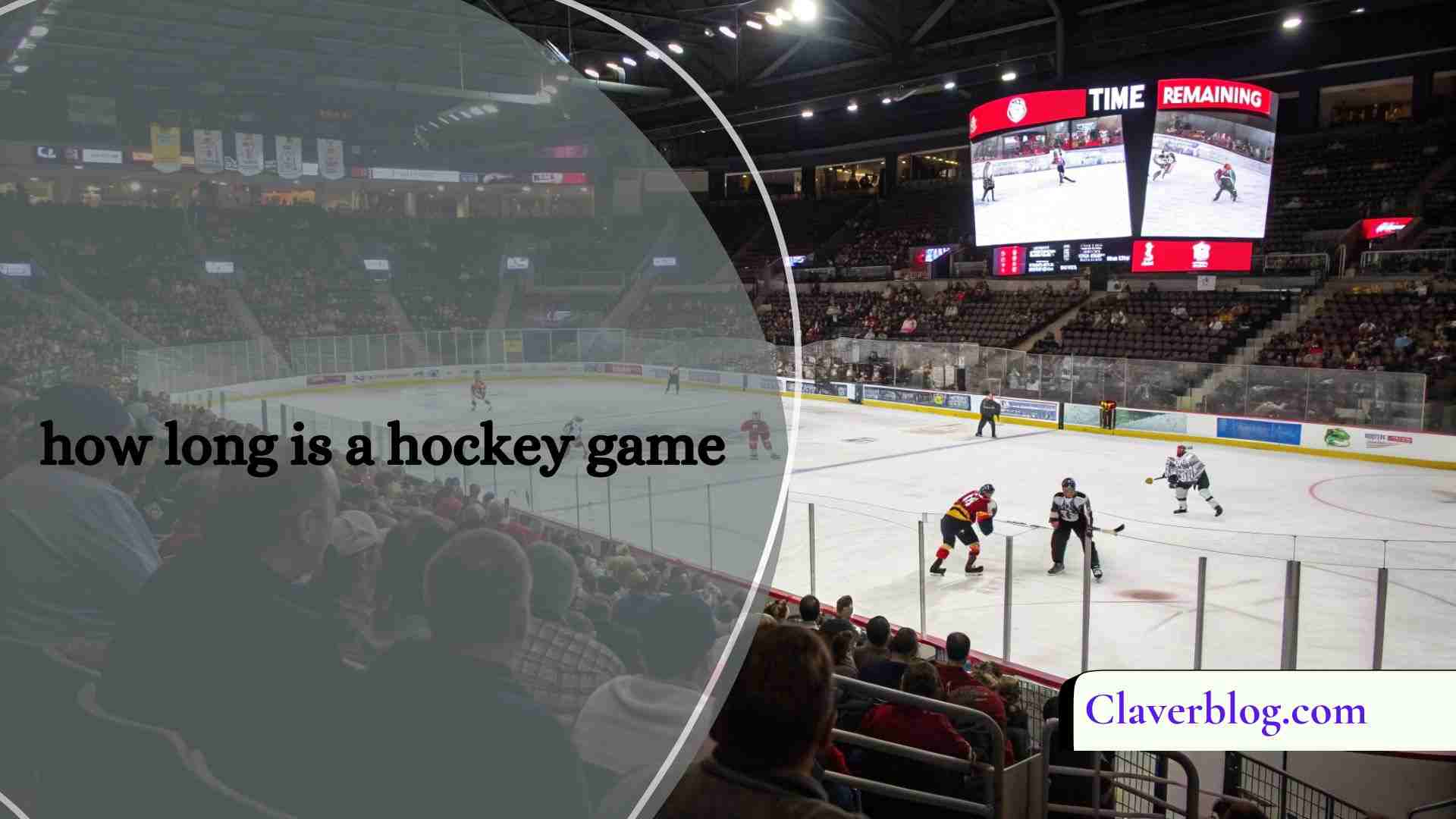
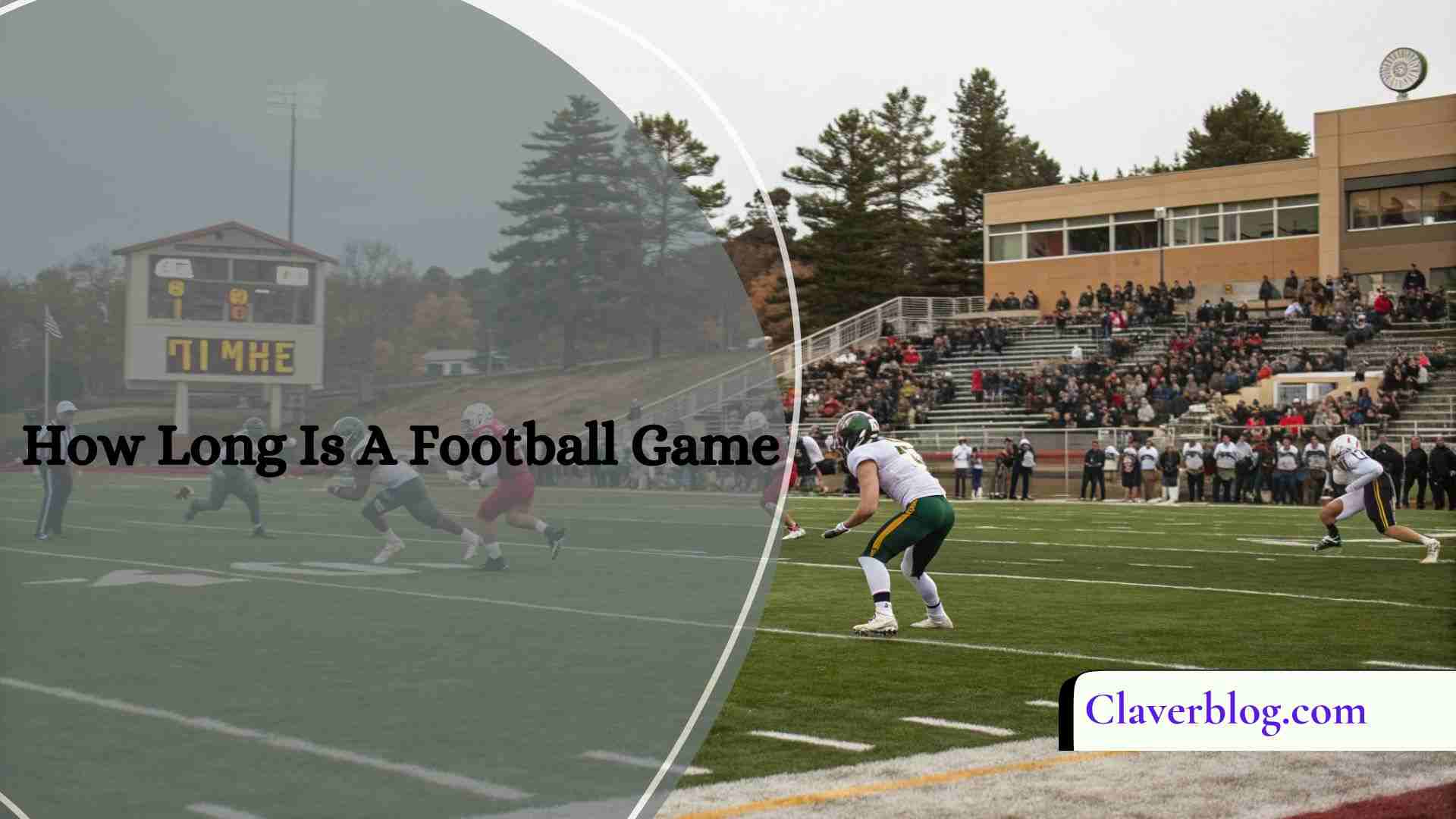
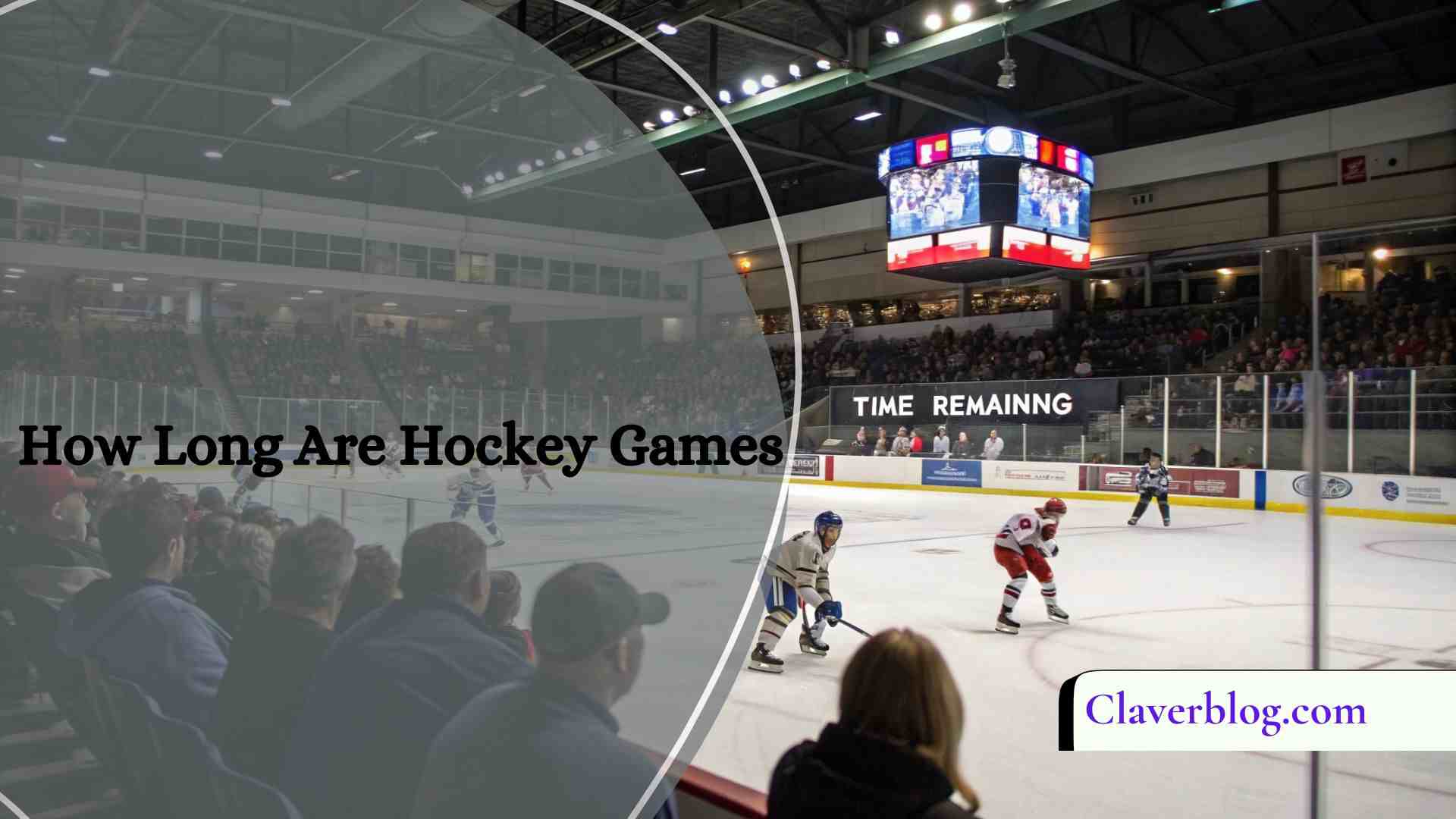
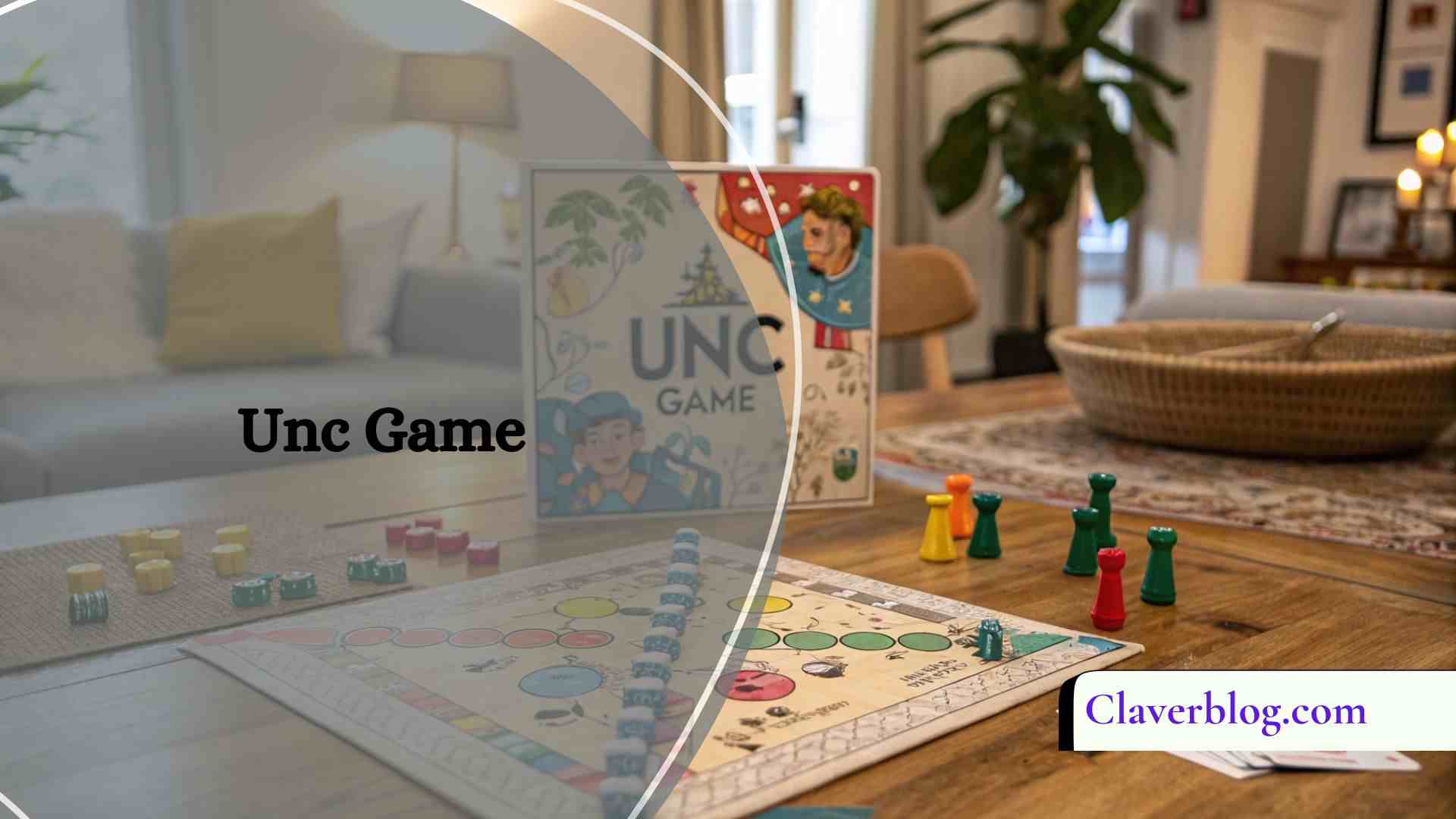

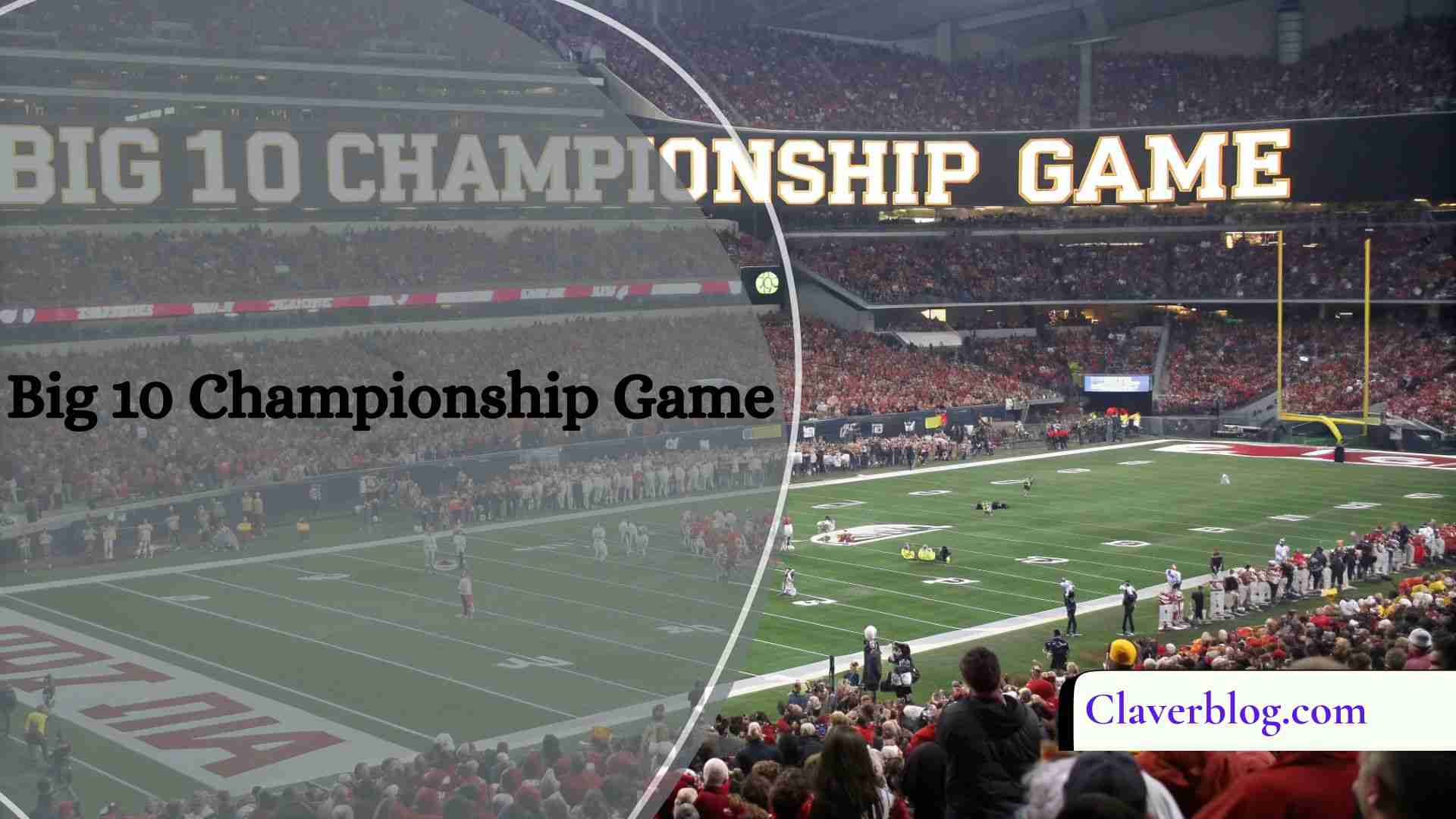

Leave a Reply